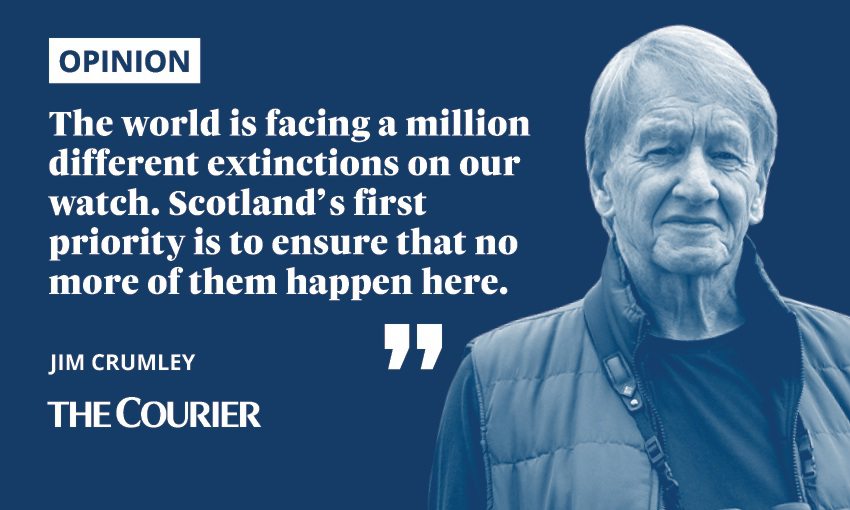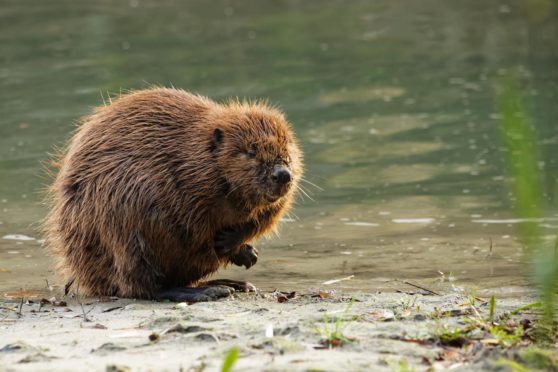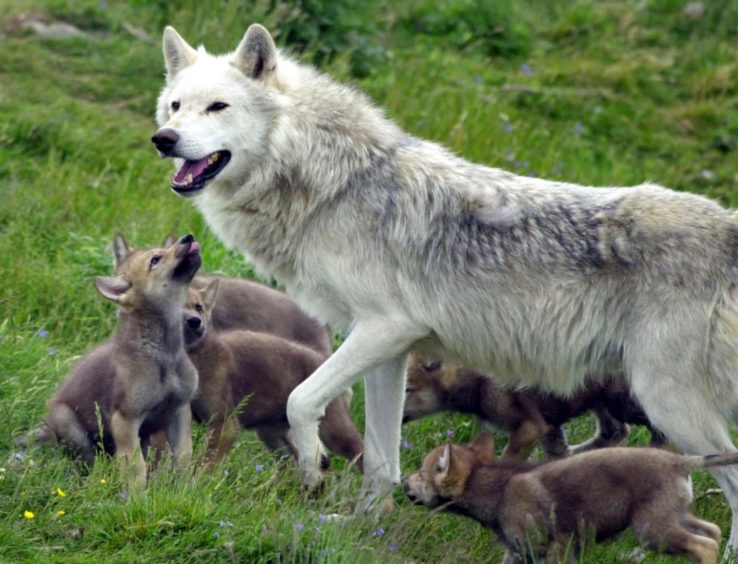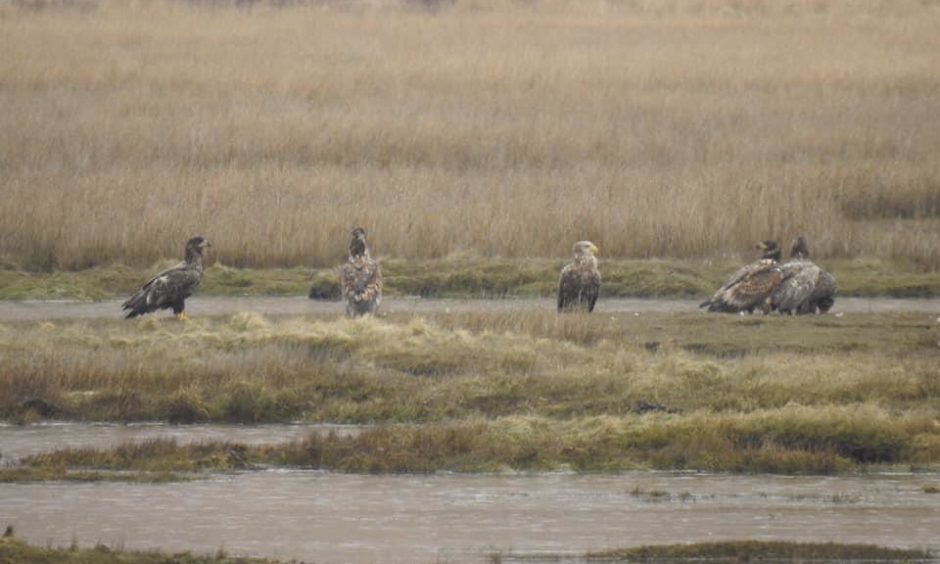I am beginning to get the feeling a tide has turned. I am beginning to think that the behaviour of people towards nature has taken a distinct turn for the worse.
And it is difficult to ignore the fact that the tide has taken a distinctly sinister turn since spending time in nature’s company was held up by governments and health advisers the world over as an antidote to Covid and a balm for our mental health.
I am not belittling the concept that immersing yourself in nature is good for you. Nor am I under any illusions about the damage the threat of the virus and its associated restrictions is doing to mental health.
But under the cloak of doubtless well-intentioned advice, some of what has been happening magnifies the impact of a human society that is losing touch with its moral compass as well as its mental health.

Here are three examples from around the world, starting here in Scotland, and who would have thought it would come to this?
We reintroduce beavers then start issuing licences to kill them in large numbers and move them to other parts of Britain despite the declared aim of the Scottish Government to see them restored across their historic range in Scotland.
And then, such is the outrage within nature conservation circles that Trees For Life has felt the need to go to court to seek a judicial review maintaining that NatureScot, the Scottish Government’s own advisor, is breaking the law in its dealings with beavers.
Regardless of the outcome, the action itself represents a widespread public distaste for the way the issue has been handled. The costs of mounting the challenge were met by crowdfunding: I was one of many donors.
Big interests, big money, big feelings
In Denmark, wolves have been crossing the border from Germany. Thirty-five are known to have crossed, but almost half of them have “disappeared”.
This is not the knee-jerk reaction of farmers such as we have seen all across Tayside in relation to beavers, and it’s not a revolt by the people of Denmark because they think wolves will eat their babies.
This is the work of hunters who shoot the wolves because wolves are killing red deer and the hunters want the deer to shoot for themselves.
As one of the authors of a new study of Denmark’s wolves put it: “That’s where you have the big interest, the big money and also the big feelings.”
Wolves are in every country of mainland Europe… If there was still a land bridge with Scotland, they would be here
Wolves have been steadily moving west into the more low-lying lands of coastal Europe, and now they are in every country of mainland Europe.
If there was still a land bridge with Scotland, they would be here. It is an essentially benevolent movement in which the biggest killer of wolves has been road traffic.
But countries like Denmark have many private landowners and no large state-owned forests, and the chances of wolves encountering people are far higher.
It just takes one encounter with a man carrying a gun. Yet for all the wolf’s age-old reputation, all the killing in that wolf-people interface is one-way. Only the wolves are dying.
California: at the largest saltwater marsh on the Pacific Coast between northern California and Mexico, 3000 elegant terns abandoned their eggs after a drone crashed into their midst.
The birds’ response was typical only of an encounter with a terrifying predator, which, when you think about it, is exactly what happened.
Flying drones has become a kind of pandemic for nature.
Visitors and disturbance on rise
Scarcely a TV documentary goes past without drone footage, whether it is relevant to the programme or not.
Every time one takes to the air, it disturbs wildlife. When they crash land, they terrify wildlife.
Flying drones over the California reserve is prohibited. So is walking dogs in the reserve and using bikes on its trails.
All three forms of disturbance have been rife during Covid restrictions. Meanwhile, visitor numbers have risen in a year from 60,000 to 160,000.
With wildlife reintroductions the onus is on us to adapt and embrace. The only programme worth the effort is one which permits reintroduction on the wildlife’s terms
Those three singularly troubling events amount to a tiny symptom of the global disconnect between our own species and nature. But a burgeoning disrespect for wildlife and wild landscape is all around us.
Back here in Scotland, hostility to the spread of sea eagles is growing. But these too were a planned reintroduction programme.
With wildlife reintroductions – with any legally protected creature or landscape – the onus is on us to adapt and embrace. The only reintroduction programme worth the effort is one which permits reintroduction on the wildlife’s terms.
Anything less than that makes nonsense of the very concept of a national nature conservation strategy at all.
It is morally reprehensible to consider that the priorities of humankind are so much more important that we are legally entitled to insist: “thus far and no further”.
The world is facing a million different extinctions on our watch. Scotland’s first priority is to ensure that no more of them happen here.
The second one is that once we have wiped atrocities against wildlife from the face our portion of the earth, we go out and preach that philosophy to the world. There is a tide that needs turning.


